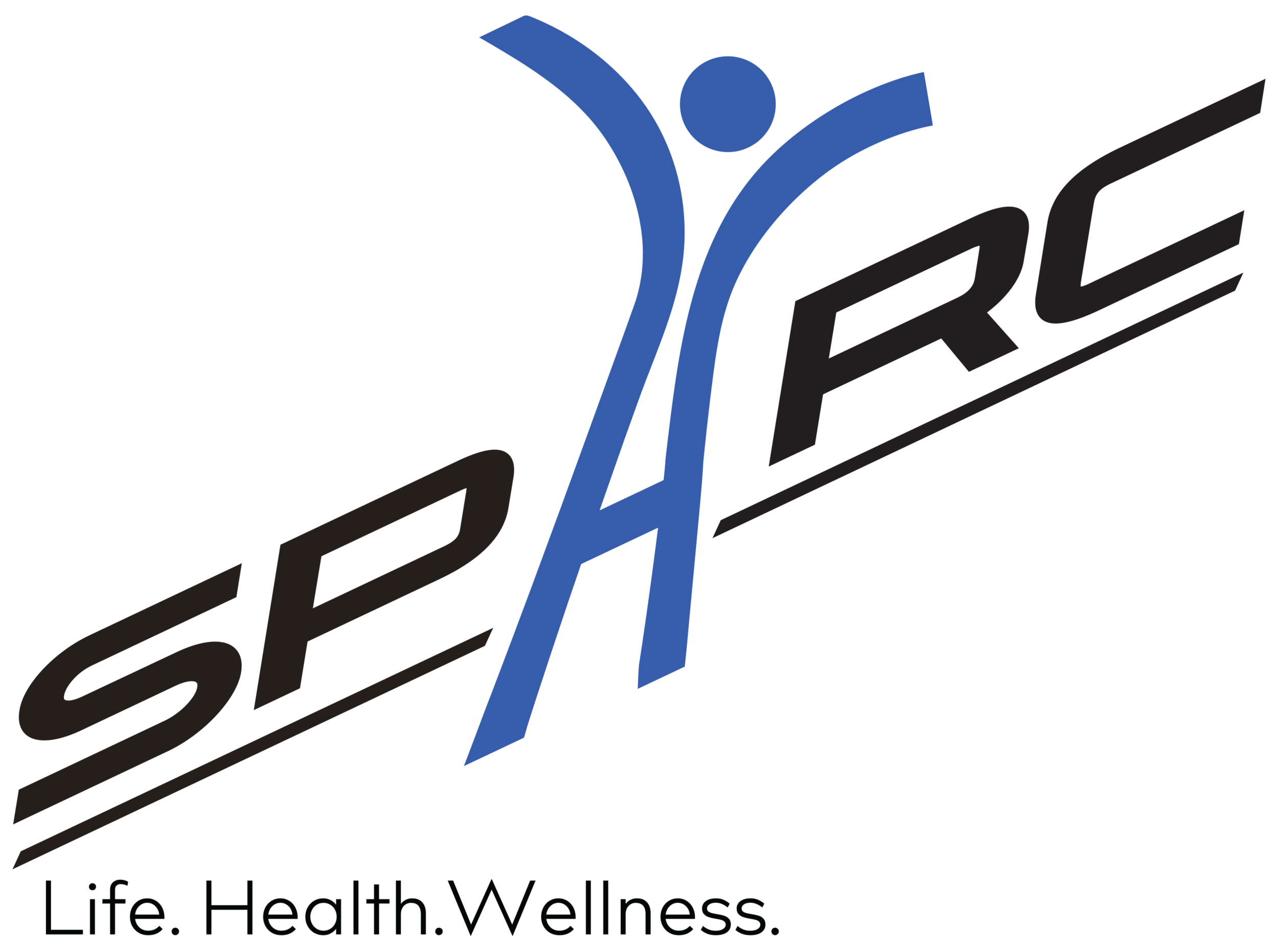Understanding Body Function: The Psoas
For many professionals working in the world of chronic pain, the psoas has become a very popular muscle to treat. That’s because the psoas plays a critical role in the stability of our spine. Most people with chronic back pain (and other types of pain) that I work with have some amount of psoas dysfunction. However, not everyone treats a dysfunctional psoas correctly and this can lead to unresolved physical dysfunction or worsening symptoms. If you are someone in chronic pain or you’ve been pursuing treatment (physical therapy, corrective exercise, chiropractic etc.) it’s important that you have some knowledge about this muscle and how it can relate to pain.
The psoas (shown in red)
The psoas originates on the thoracic spine, moves down the lumbar spine, passes the pelvis and then inserts into the femur (our big leg bone). Because the psoas crosses three different joints, it’s unique and critical to the function of the spine and hip. Its primary role is flexing the hip and laterally rotating the femur. That’s a fancy way of saying the psoas is a vital linchpin in our ability to walk, crawl, run, kick or do anything else with our legs and torso. Since the psoas is related to the diaphragm and other core muscles, then dysfunction can cause issues in these other muscles as well. What are some potential symptoms of dysfunction of one or both psoai?
1. Low Back Pain
2. Hip Joint Pain
3. Pain/tightness in front of hip
4. Shoulder Pain
5. Headaches
6. SI Joint Compression and Pain
7. Breathing Dysfunction
8. Knee Pain
Figuring out if there is an issue with your psoas is not so hard. Figuring out what the exact problem is and how it got there is where the magic happens. Stretching it isn’t going to be always the right fix. What happens if the muscle is weak and tight? Yes that happens frequently. Stretching or releasing it will only make things worse!
If you are experiencing one or more of the above symptoms, it’s been affecting your performance in daily life, work or athletics and you can’t seem to resolve the pain then it’s time to get tested by a professional. Understanding the root causes of dysfunction and how to treat the actual problem is critical to recovery, fitness and heck just feeling good.

